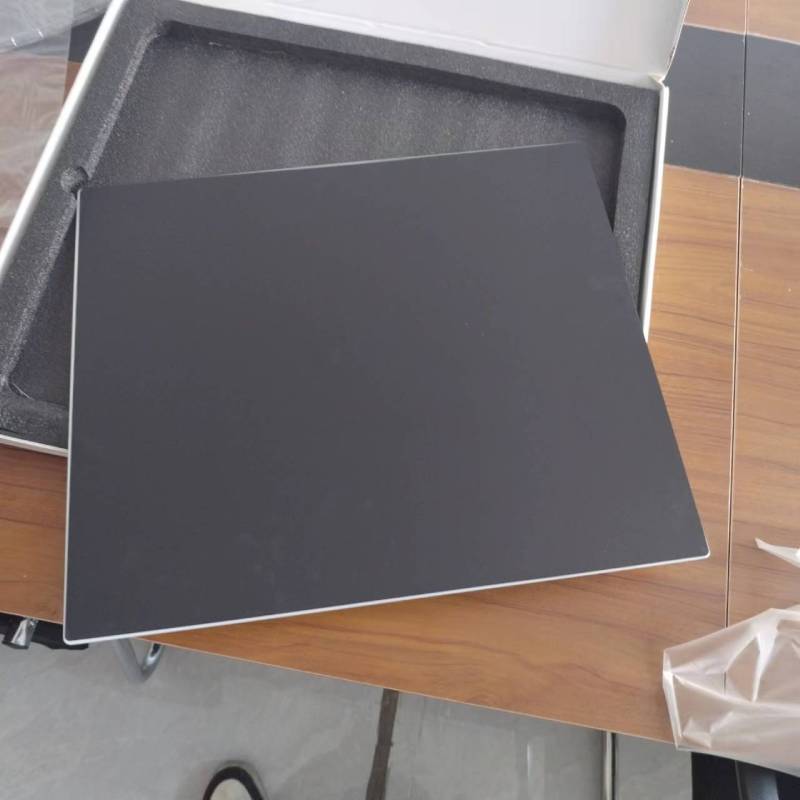The Beauty and Significance of Architectural Colored Glass
Architectural colored glass has become a pivotal element in modern architecture, serving not just as a functional material but as a canvas for artistic expression. The fusion of color and light creates a dynamic interplay that transforms spaces, elevating both their aesthetic appeal and emotional resonance. This form of glass has a long and rich history, rooted in various cultural traditions and advancing through technological innovations.
Historically, stained glass has adorned churches and cathedrals, telling stories from biblical lore and illuminating the sacred spaces with vibrant colors. These intricately detailed windows allowed natural light to filter through, casting colored hues that danced on the walls and floors. While the traditional applications of colored glass were predominantly religious, contemporary architecture has expanded its use to a myriad of commercial and residential settings, showcasing its versatility and enduring appeal.
One of the key benefits of architectural colored glass is its ability to manipulate light. When sunlight passes through colored glass, it refracts and scatters, creating a spectrum of colors that can significantly alter the ambiance of a space. Designers often utilize this characteristic to soften harsh artificial lighting or to create a unique atmosphere conducive to reflection and tranquility. In spaces like hospitals, schools, and community centers, colored glass not only contributes to the aesthetics but also enhances the psychological well-being of occupants by fostering a calming environment.
architectural colored glass
Moreover, colored glass is complemented by modern technology, including the use of laminates and films. These innovations have expanded the possibilities of colored glass significantly, enabling designers to experiment with various tinting techniques and patterns without compromising on durability. This is particularly vital in high-traffic environments where functionality and safety are paramount. The integration of UV protective films can also preserve the vibrancy of colors while shielding interiors from harmful rays, thus prolonging the life of both the glass and the spaces within.
The choice of color and pattern in architectural glass is often symbolic and reflective of the identity of the space it inhabits. For instance, vibrant blues and greens might be used in spaces designed for relaxation and contemplation, while bright reds and yellows could invigorate public spaces intended for interaction and energy. Therefore, the application of colored glass is not merely an aesthetic choice; it embodies the emotional essence of architectural design.
In recent years, environmental sustainability has become a significant consideration in architecture, and colored glass presents an opportunity for eco-friendly design. With advancements in recycling and energy-efficient production, architectural colored glass can be produced in a manner that minimizes its carbon footprint. Additionally, its ability to harness natural light reduces the need for artificial illumination, further supporting sustainable practices.
In conclusion, architectural colored glass serves as a multifaceted medium that enriches the built environment. Its historical significance, aesthetic versatility, and potential for positive environmental impact position it as an essential component in contemporary architecture. As architects and designers continue to push the boundaries of creativity, colored glass will undoubtedly remain a vibrant and influential element in shaping our spaces and experiences.
 Afrikaans
Afrikaans  Albanian
Albanian  Amharic
Amharic  Arabic
Arabic  Armenian
Armenian  Azerbaijani
Azerbaijani  Basque
Basque  Belarusian
Belarusian  Bengali
Bengali  Bosnian
Bosnian  Bulgarian
Bulgarian  Catalan
Catalan  Cebuano
Cebuano  Corsican
Corsican  Croatian
Croatian  Czech
Czech  Danish
Danish  Dutch
Dutch  English
English  Esperanto
Esperanto  Estonian
Estonian  Finnish
Finnish  French
French  Frisian
Frisian  Galician
Galician  Georgian
Georgian  German
German  Greek
Greek  Gujarati
Gujarati  Haitian Creole
Haitian Creole  hausa
hausa  hawaiian
hawaiian  Hebrew
Hebrew  Hindi
Hindi  Miao
Miao  Hungarian
Hungarian  Icelandic
Icelandic  igbo
igbo  Indonesian
Indonesian  irish
irish  Italian
Italian  Japanese
Japanese  Javanese
Javanese  Kannada
Kannada  kazakh
kazakh  Khmer
Khmer  Rwandese
Rwandese  Korean
Korean  Kurdish
Kurdish  Kyrgyz
Kyrgyz  Lao
Lao  Latin
Latin  Latvian
Latvian  Lithuanian
Lithuanian  Luxembourgish
Luxembourgish  Macedonian
Macedonian  Malgashi
Malgashi  Malay
Malay  Malayalam
Malayalam  Maltese
Maltese  Maori
Maori  Marathi
Marathi  Mongolian
Mongolian  Myanmar
Myanmar  Nepali
Nepali  Norwegian
Norwegian  Norwegian
Norwegian  Occitan
Occitan  Pashto
Pashto  Persian
Persian  Polish
Polish  Portuguese
Portuguese  Punjabi
Punjabi  Romanian
Romanian  Russian
Russian  Samoan
Samoan  Scottish Gaelic
Scottish Gaelic  Serbian
Serbian  Sesotho
Sesotho  Shona
Shona  Sindhi
Sindhi  Sinhala
Sinhala  Slovak
Slovak  Slovenian
Slovenian  Somali
Somali  Spanish
Spanish  Sundanese
Sundanese  Swahili
Swahili  Swedish
Swedish  Tagalog
Tagalog  Tajik
Tajik  Tamil
Tamil  Tatar
Tatar  Telugu
Telugu  Thai
Thai  Turkish
Turkish  Turkmen
Turkmen  Ukrainian
Ukrainian  Urdu
Urdu  Uighur
Uighur  Uzbek
Uzbek  Vietnamese
Vietnamese  Welsh
Welsh  Bantu
Bantu  Yiddish
Yiddish  Yoruba
Yoruba  Zulu
Zulu 

